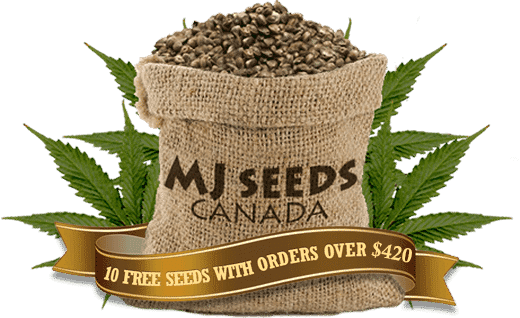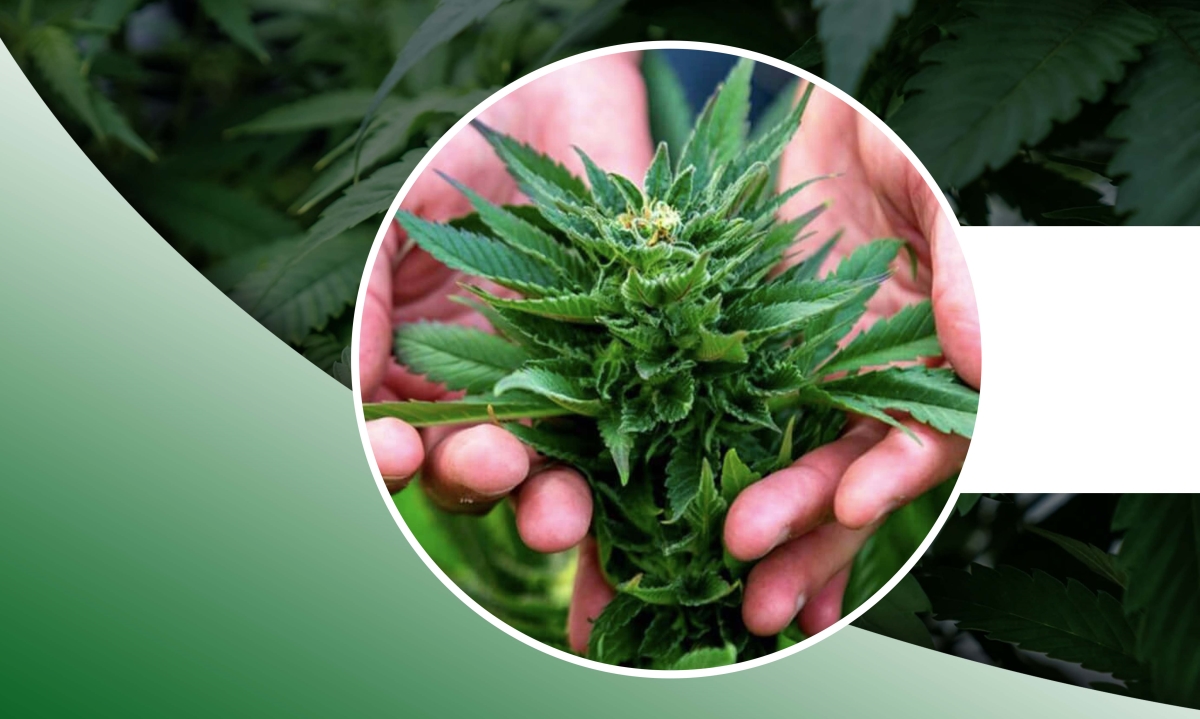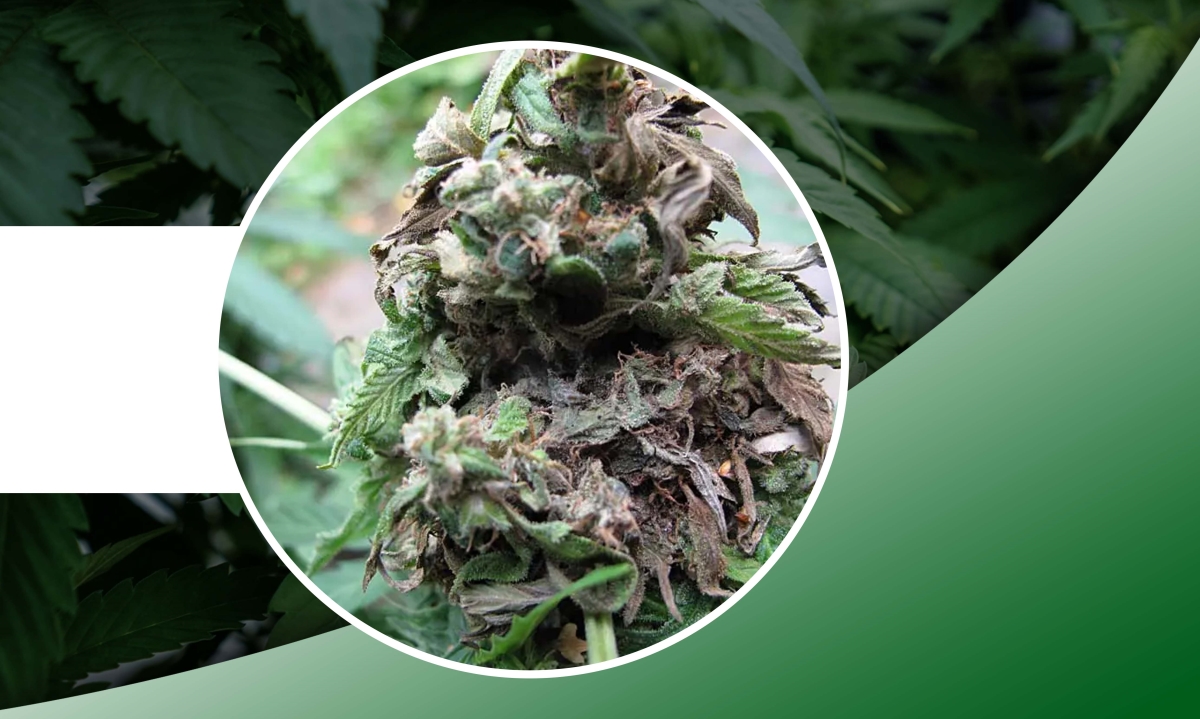Under ripe buds often lack the full spectrum of cannabinoids and terpenes that contribute to the desired effects and flavor profile. They may also exhibit a premature appearance, with less developed trichomes and a lighter color. Cultivators should closely monitor their plants during the flowering stage, examining trichome development and observing visual cues, such as changes in pistil color, to determine optimal harvest timing.
Table of Contents
About Under Ripe Buds
Spotting Under Ripe Buds and Over Ripe Buds
Can You Smoke Under Ripe Buds?
Can I Harvest Under Ripe Buds?
How To Ripen Buds Faster?
1. Manipulating Environmental Conditions
2. Nutrient Manipulation
When Do Cannabis Buds Stop Growing?
Conclusion
FAQs about Under Ripe Buds
About Under Ripe Buds
The ripening process of cannabis buds is a critical stage that significantly impacts the final product. Buds go through distinct phases of development, and understanding the signs of under-ripeness is crucial for maximizing both yield and potency. Insufficient exposure to light, irregular nutrient levels, and premature harvesting are common contributors to underripe buds.
Recognizing the signs of under ripe buds is crucial for cannabis cultivators aiming to produce a premium-quality harvest. Properly managing factors such as light exposure, nutrient balance, and harvesting timing is essential for maximizing the potency, flavor, and overall quality of the final cannabis product. During the ripening phase, persistence and an acute sense of trichome development are essential for obtaining the desired outcomes.
Spotting Under Ripe Buds and Over Ripe Buds
Distinguishing between under-ripe and over-ripe buds is a critical skill for cannabis cultivators seeking to achieve optimal potency, flavor, and overall quality in their harvest. Under-ripe buds are characterized by a lack of maturity, often displaying a lighter shade of green, and may not have fully developed trichomes. These buds may lack the desired potency and can have a grassy or hay-like taste.
On the other hand, over-ripe buds indicate a stage where the plant has gone past its peak harvest time. They tend to have a darker appearance, with amber-colored trichomes indicating a higher level of cannabinoid degradation. Over-ripe buds may have a sedative effect, as THC is converted into CBN. Both under-ripe and over-ripe buds can impact the overall experience and medicinal properties of cannabis. Therefore, growers must carefully monitor the trichome development, coloration, and overall appearance of the buds to harvest at the optimal time, ensuring a well-balanced and potent end product.
Can You Smoke Under Ripe Buds?
Yes, you still can. However, smoking under-ripe buds may result in a less enjoyable and therapeutic experience due to lower levels of cannabinoids like THC and CBD. These compounds play a significant role in influencing the psychoactive and medicinal effects of the cannabis plant. Additionally, under-ripe buds may lack the full spectrum of terpenes, affecting the aroma, flavor, and entourage effect.
Can I Harvest Under Ripe Buds?
Harvesting cannabis at the right time is crucial for achieving optimal potency, flavor, and overall quality. Underripe buds, harvested prematurely, often lack the full spectrum of cannabinoids and terpenes that contribute to the desired effects and aroma. Immature buds may produce a less potent and less flavorful cannabis experience. It is recommended to observe key indicators of maturity such as trichome color, pistil development, and overall bud structure. Trichomes, small resinous glands on the buds, should be examined closely to determine the right harvest time.
Harvesting too early may lead to a less desirable psychoactive effect, while waiting too long risks overripening, potentially diminishing the overall quality of the harvest. Additionally, considering the strain-specific flowering time and the breeder’s recommendations can further guide growers in making informed decisions about when to harvest for the best possible outcome. Regular monitoring and patience are crucial elements in ensuring a successful and rewarding cannabis harvest.
How To Ripen Buds Faster?
Ripening cannabis buds efficiently is a crucial aspect of cultivation for growers seeking optimal potency and flavor. Various techniques are employed to expedite the maturation process, and two common approaches include environmental adjustments and nutrient manipulation.
1. Manipulating Environmental Conditions
Lowering the temperature and reducing light exposure can simulate the natural seasonal changes that induce plants to mature. This technique, known as “flushing,” encourages the plant to divert energy toward bud ripening rather than continued vegetative growth. Additionally, some growers choose to stress their plants slightly by adjusting humidity levels or introducing controlled periods of darkness, further prompting the plant to hasten its flowering cycle.
2. Nutrient Manipulation
By carefully adjusting the nutrient regimen, growers can influence the plant’s metabolic processes and encourage it to prioritize the development of mature buds. This often involves reducing nitrogen levels and increasing phosphorus and potassium, which are essential for bud development. Selective feeding and the introduction of bloom boosters or ripening enhancers containing phosphorus and potassium can contribute to a more accelerated maturation process.
Ultimately, the choice between these methods often depends on the specific strain, environmental conditions, and the preferences of the cultivator. Experimentation and close monitoring of the plants during the flowering stage are key to finding the most effective approach for achieving faster and high-quality bud ripening. By incorporating these strategies, cannabis cultivators can accelerate the ripening process of buds, leading to a more timely and successful harvest with improved cannabinoid and terpene profiles.
When Do Cannabis Buds Stop Growing?
To maximize the harvest, growers must know when the buds stop growing. Cannabis plants typically blossom for from 7 to 9 weeks, though this can vary depending on the strain The plants focus their attention on bud development during this stage. Bud size and density usually peak around the end of the flowering period. The moment buds stop growing is often influenced by genetic factors, environmental conditions, and the specific strain being cultivated.
The maturation of trichomes, the sticky glands that contain THC and terpenes, corresponds with the end of bud growth for the majority of cannabis cultivars. Growers who are determined to harvest at the best time of year frequently use magnification devices to track the development of trichomes. The best time to harvest is when trichomes turn from clear to hazy or amber, denoting the highest production of terpenes and cannabinoids.
To maintain potency and flavor, growers must find a balance between letting buds grow to their full potential and making sure they are picked at the appropriate time. Buds usually stop growing after this crucial point, and attention turns to these resin-rich structures maturing, which will eventually result in a crop that is ready for harvest.
Conclusion
In conclusion, recognizing and addressing under-ripe buds is a crucial aspect of successful cannabis cultivation. The ripeness of buds directly correlates with the potency, flavor, and overall quality of the final harvest. Early identification of under-ripe buds allows cultivators to implement corrective measures, such as adjusting environmental conditions, managing nutrients, and optimizing harvesting timelines.
Patience and attention to detail are key when it comes to achieving peak ripeness in cannabis buds. By allowing plants to reach their full maturity, growers can ensure a more potent and flavorful harvest, ultimately enhancing the overall experience for consumers. Regular monitoring, adherence to best practices, and a commitment to understanding the specific needs of each cannabis strain are essential components of a successful cultivation strategy, leading to a rewarding and high-quality final product.
FAQs about Under Ripe Buds
How do you know when the bud is ripe?
Determining the ripeness of buds involves assessing specific visual cues. When examining the pistils, if they remain predominantly white without transitioning to orange or red, it indicates that the buds are not ready for harvest. Similarly, if the plant’s leaves retain a vibrant green color and the primary leaves have not yet begun to shed, the buds are not sufficiently ripe for harvesting.
1. Why aren’t my buds ripening?
In excessively elevated temperatures, the process of photosynthesis may halt completely, leading to a definite delay in the maturation of the crop. It is imperative to maintain optimal temperature and humidity levels in the room consistently throughout the day to ensure an effective growth process.
2. What happens when you smoke old bud?
Aged marijuana can still induce a psychoactive effect, yet its potency and distinctive aroma are likely diminished due to a decline in cannabinoid, terpene, and flavonoid concentrations over time. THC content in cannabis decreases by approximately 17% within the first year, with a continued decline thereafter.
3. Can you pick buds too early?
If you gather cannabis plants prematurely, the buds might lack potency and have an undesirable taste. Conversely, harvesting too late poses the risk of losing crucial essential oils and cannabinoids from the plant, leading to a less potent end product.
4. How do you ripen buds fast?
Through a gradual reduction in light exposure and a decrease in temperature during the dark phase, one can prompt an accelerated ripening of the plant. Nevertheless, it is essential to emphasize that expediting the ripening process must not jeopardize the overall well-being and quality of the plant.





